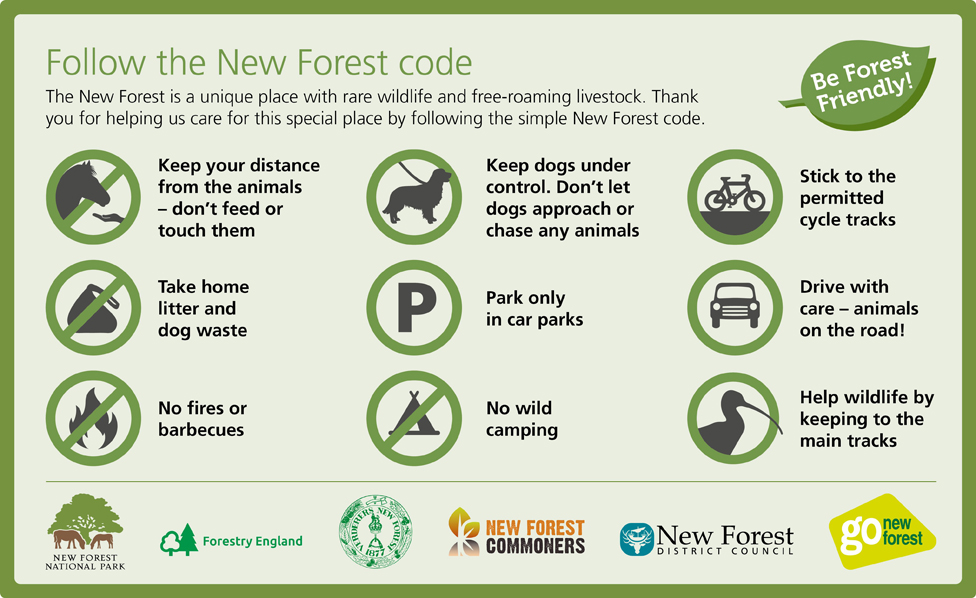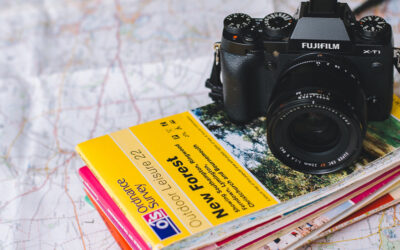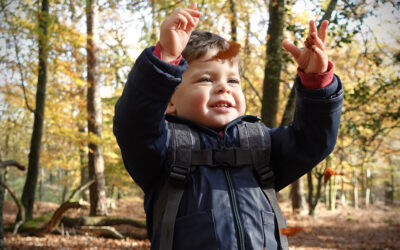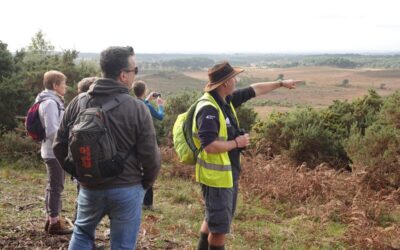The New Forest welcomes millions of visitors each year to enjoy the stunning landscapes, tranquility and wildlife.
However, with them comes pressure on the delicate ecosystems, wildlife and landscapes which make the New Forest so special and internationally renowned.
As lockdown restrictions to contain coronavirus were eased during the first Coronavirus lockdown in 2020 the New Forest has experienced an influx of visitors which has put intense pressure on the local infrastructure and environment. With more people likely to pay a ‘staycation’ visit this year, its more important than ever to observe the New Forest Code to help preserve the forest.
If you are considering visiting the New Forest for walking, or any other activity, please do follow instructions not to park outside designated car parks, do not have barbecues on forest land due to the risk of wildfires and observe social distancing rules at all times.
The latest advice and guidelines can be found on the New Forest National Park Authority website.
Walking is a great way to see and appreciate this unique environment – and everyone can do their bit to help protect it while on a walk.
Watch the animals from a distance
The New Forest ponies and other livestock wander freely around the forest, but don’t be tempted to give them food.
Visitors can give the horses the wrong kinds of food which are potentially poisonous, but feeding them also makes them used to getting food from humans which can encourage them to hang about near roads where they can get injured or killed.
And bites and kicks aren’t very pleasant for people feeding them either – the ponies can be aggressive, especially mares with foals.
Stay on track
What may look like non-descript heath can actually delicate wildflowers and mosses, so stay on marked paths to avoid doing damage to these ecosystems.
There may also be ground-nesting birds which, again, should not be disturbed, so don’t be tempted to take any shortcuts through wild areas on your walk.
Keep dogs under control
The forest is a popular area for walking dogs, but again check your dog isn’t disturbing any ground-nesting birds, particularly from March to the end of July.
Discarded bags of dog mess can be dangerous for ponies so make sure you take any waste away or place it in a bin.
Take rubbish away
Litter is not only unsightly, it is bad for the environment. Plastics can do immense damage if injested by ponies or other livestock.
Even biodegradable food items can affect the delicate ecosystems, so bag everything up and take it off the forest.
If you see any litter when on a walk, try and pick it up and bin it.
Shut the gate
Make sure you close inclosure gates behind you – these gates are to ensure ponies and other livestock are kept in areas where they should be.
If allowed out, they can do damage to ecosystems or find their way onto main roads, causing a serious hazard.
Leave well alone
Don’t pick wild flowers or take wood, fungi or other natural items – they may look like they’re in abundance, but they are all part of the delicate ecosystem and shouldn’t be disturbed.



